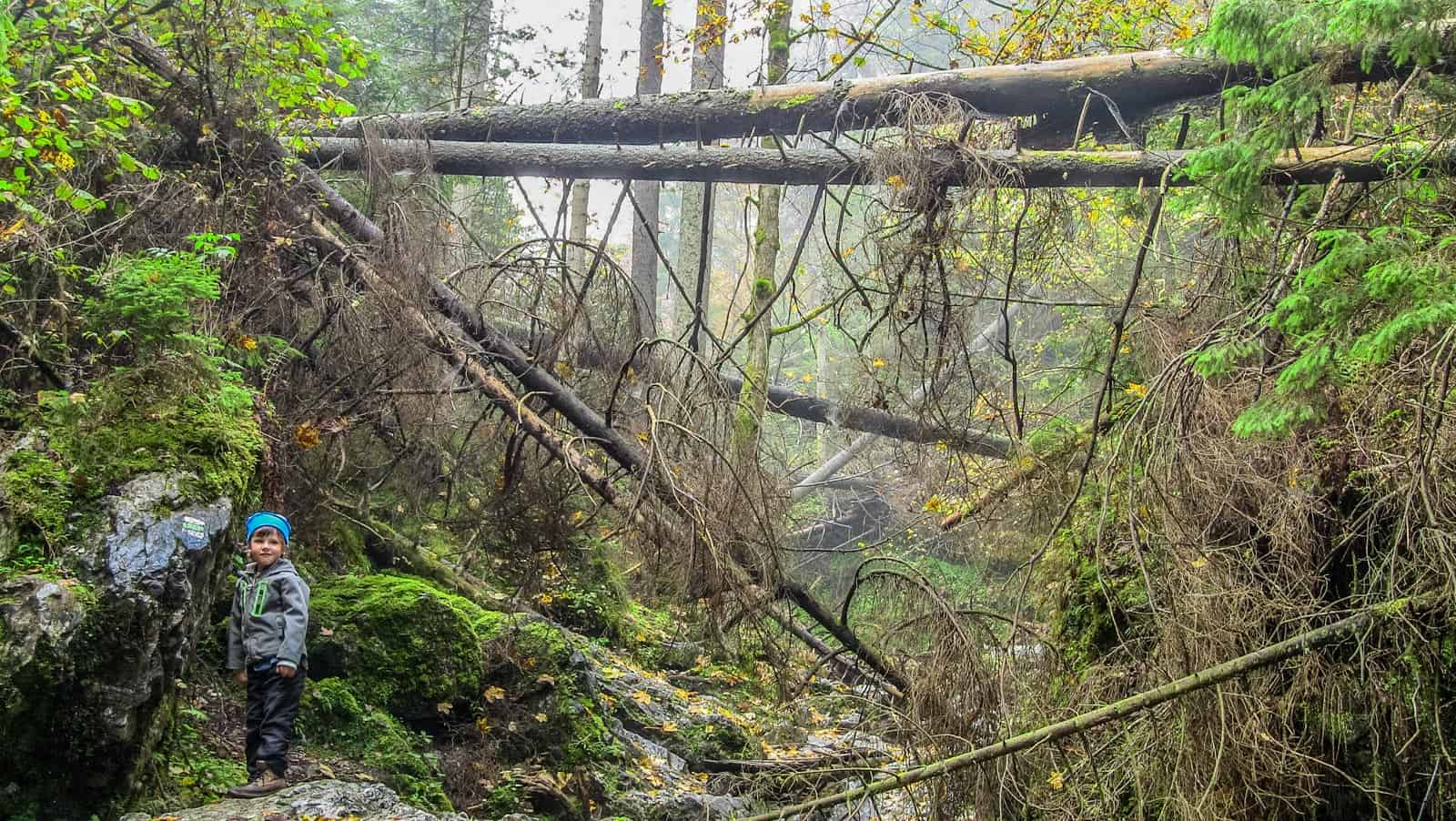Ecotourism opportunities and threats of Northern Azerbaijan
The European Wilderness Society is gladly sharing a contribution from Alastair Watson, a Wilderness Advocate from United Kingdom. Alastair has been travelling and visiting the Caucasus region since 2007, and shares his ecotourism experiences in Northern Azerbaijan. In the past years, he has written and spoken widely on many subjects relating to his experiences. He is a keen ultra runner and lover of Eastern Europe’s rich diversity of wildlife. Moreover, he has been raising funds for the Woodland Trust, the UK’s premier forestry charity since 2010. For his next adventures, Alastair is planning to discover the mountains and Wilderness of Ukraine.
Please also read: Carpathian Biosphere Reserve Wilderness
Beauty of Great Caucasus
Northern Azerbaijan occupies the Eastern anchor of the Great Caucasus range. This is an area fabled for spectacular scenery, remote mountain villages and cobblestone houses. Chief amongst these settlements is Khinalug (Azeri: Xinaliq). This settlement remains largely unchanged since ancient times and proudly speaks its own language- Ketsh.
The base for any exploration of this part of the Caucasus usually passes through the leafy frontier town of Quba. This town is famous for apples and carpet making. Far away in the distance, the high Caucasus beckon you from Quba through wooded glades, river valleys and dramatic canyons that interchange around every turn. This was once one of the great Caucasian road trips and though still an adventure. Unfortunately, the road was asphalted in 2006, which took away a little of the mystique. The journey from Quba to the 2300 metre village of Khinalug is only 50km. It takes around 2.5 hours before reaching the jewel in the crown of Azerbaijani tourism set amongst the backdrop of the Great Caucasus.
Shahdag National Park
Beyond Khinalug lies the vast 1.3 million square km Shahdag National Park. This park is a home to an impressive list of fauna including the East Caucasian tur, bezoar ibex, Caucasian chamois and a species of goat antelope called the Caprinae. Caprinae is only found in the Eastern range of the Caucasus. In recent years there has been a reintroduction of the European Bison and funding for the national park has been stepped up to create better visitor infrastructure. It included an $8 million grant from the government of Japan. However, a large part of the national park is still impressively off limits and the border with Dagestan can be sensitive and special permits are required.
Breathtaking views
From Khinalug there are many horse-riding and trekking opportunities amongst the outlying villages and in early spring through summer the meadows are carpeted with wildflowers. Some of the finest high mountain trails in the Caucasus can be found here and from a crag or prominent peak one is often rewarded with a complete 360-degree view of the surrounding mountains. It includes Khinalug often shrouded in mist giving an aura mysticism to the 5000 year old settlement.
Threats and sustainable practices
It is hard to speak about Khinalug in the same breath as anywhere else in Azerbaijan, due to the unique remoteness of the region. Yet, the biggest risk factor will undoubtably come from the outside world. The President of Azerbaijan recently announced his plans to modernise the area. One would also hope that the trickle of travellers that find themselves here will be respectful of the regions traditions and architectural heritage. There are no hotels in Khinalug, only homestays with local families that offer an authentic experience of their way of life. We can learn much from these people as nothing much goes to waste here. Most food is grown locally in small holdings or allotments and heating. It is often suppled by piles of dung which are mixed with hay to produce bio-fuel or to build walls.




Sense of wilderness adventure
Thankfully, Khinalug has kept its rural traditions alive and its mainstay of shepherding on horseback and carpet weaving continues to this day. The future bodes well if the region can further adapt to sustainable ecotourism, which will deliver much needed income back into the pockets of local people. It is easy for villages such as Khinalug to suddenly lose their remoteness due to the inevitability of increasing numbers of visitors. Moreover, there is misguided need to cater for them as I have seen in other parts of the Caucasus. But for now, thankfully the pace of life remains unchanged and this region will continue to offer the traveller a real sense of wilderness adventure.
We are grateful to Aastair for sharing his adventures in Azerbaijan, a home of wild places, long history and ecotourism opportunities, as well as for his great photos. We hope he will have a chance to discover and experience the ecotourism in Ukraine, and explore this beautiful country and its Wilderness.










Of course, there is such a risk in every many countries of different continents. But very often you are lucky to enjoy it´s nature and culture without unpleasant situations
Azerbaijan is not safe to travel they still your stuff and dengueus at night time